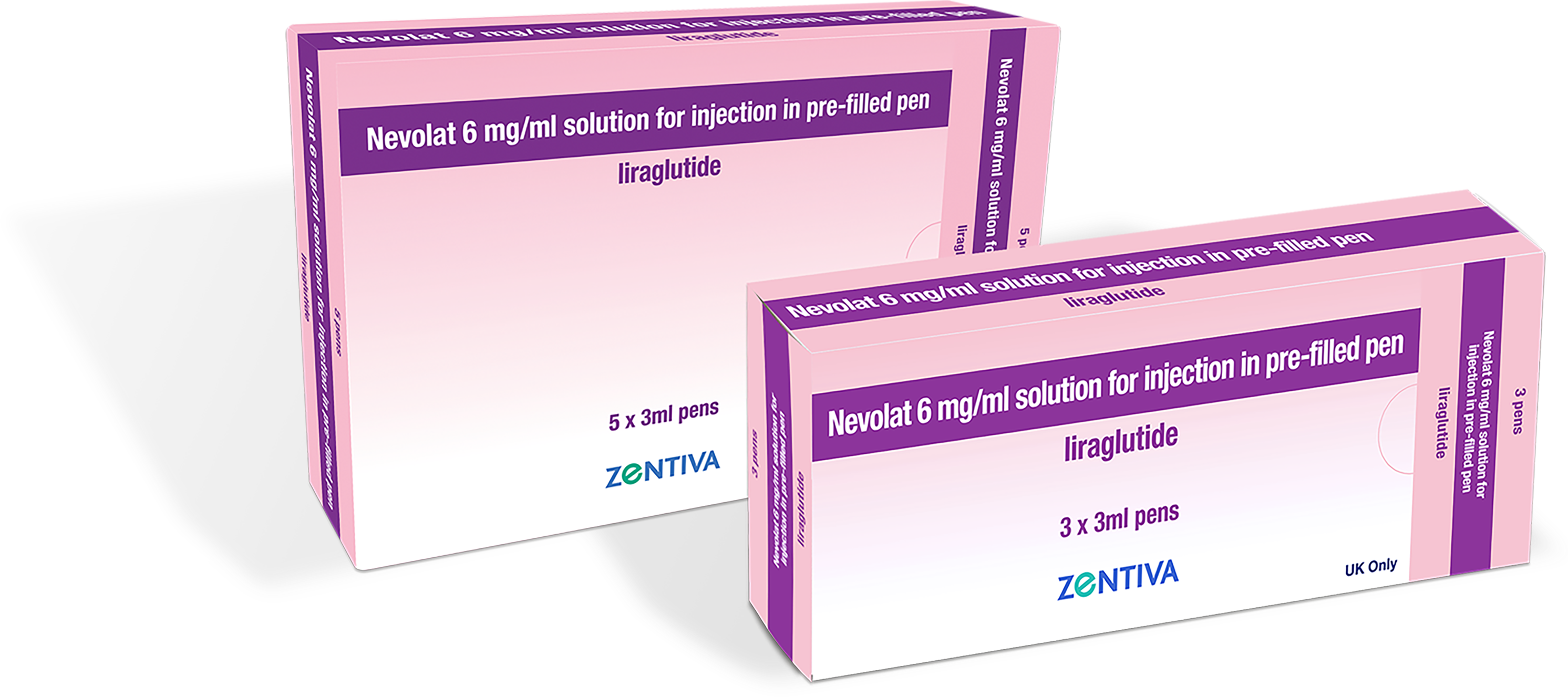Possible anaphylaxis
It is worth making the patient aware that a few cases of anaphylactic reactions have been seen with liraglutide. Establish whether they are hypersensitive to any of the excipients of the liraglutide pen (sodium citrate dihydrate, propylene glycol, phenol, hydrochloric acid (for pH adjustment) and sodium hydroxide (for pH adjustment) in water. Make patients aware of the symptoms of an anaphylactic reaction, such as hypotension, palpitations, breathlessness (dyspnoea) and swelling (oedema) which have been reported with marketed use of liraglutide. If the patient suspects they are having an anaphylactic reaction, they should contact 999 immediately and follow the steps below. Discontinue liraglutide and do not restart treatment.1,2,3
- Use an adrenaline auto-injector (such as an EpiPen) if you have one – instructions should be included on the side of the injector.
- Call 999 for an ambulance and say that you think you’re having an anaphylactic reaction.
- Lie down – you can raise your legs, and if you’re struggling to breathe, raise your shoulders or sit up slowly (if you’re pregnant, lie on your left side).
- If your symptoms have not improved after 5 minutes, use a 2nd adrenaline auto-injector.
- Do not stand or walk at any time, even if you feel better.
Common side effects (1 in 10 people): gastrointestinal1
Refer your patient to the Patient Information Leaflet, as well as the safety and tolerability section of the patient site. Mention that the most common side effects of using Nevolat® may include nausea, diarrhoea, vomiting, decreased appetite, indigestion and constipation. Patients should ensure they are well hydrated when taking Nevolat®to avoid dehydration and combat the effects of vomiting or diarrhoea if they experience them. Reassure them that these side effects are common (around 1 in 10 people) and should disappear over time. If they continue to experience them after two weeks to a concerning level, they should contact their healthcare professional.1,2
Hypoglycaemia (1 in 10 people):1
Flag the warning signs of low blood sugar to your patient. If they experience sudden onset of cold sweat, cool pale skin, headache, fast heartbeat, feeling sick, feeling very hungry, changes in vision, feeling sleepy, feeling weak, nervous, anxious, confused, difficulty concentrating or shaking (tremor) they should contact their healthcare professional.1 If the patient’s blood sugar level is below 4mmol/L they should eat or drink something that will raise their blood sugar quickly, such as a sugary fizzy drink or a glass of fruit juice, 5 glucose or dextrose tablets, a small handful of sweets or 2 tubes of glucose gel. They should then check their blood sugar after 10 to 15 minutes and repeat the sugary snack if their blood glucose remains below 4mmol/L. After a further 10 to 15 minutes, they should again check their blood sugar levels. Once their blood sugar is above 4mmol/L then are advised to eat something more substantial that will keep their blood sugar up for longer such as some biscuits or a sandwich or their next meal if it is due.3









